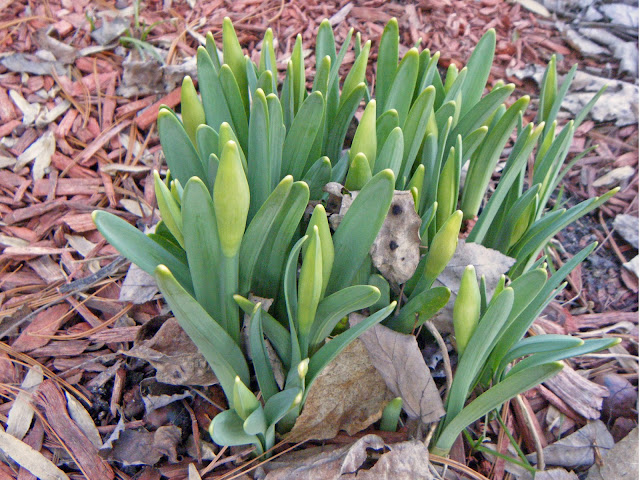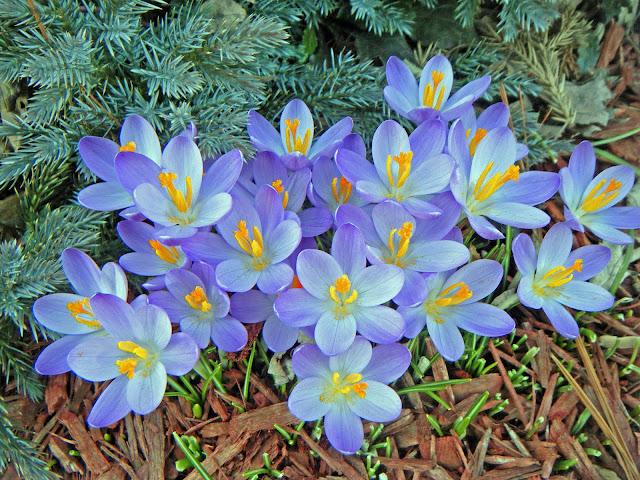OK, the title of this post is a bit exaggerated for effect. But some critter has definitely worn out whatever welcome it once had.
I discovered yesterday that some marauding rodent has been lunching on the bark of one of my Japanese maples. The tree was under the rack in the side yard, with the rest of my fully-hardy trees. (See
this post.) At first look I thought some fungus had attacked the maple's trunk. Then I pulled the tree out into full light, and realized I was seeing chewing damage.
 |
| Rodent damage to a Japanese maple. |
|
From the size of the tooth marks, I'm sure the culprit is either a fox squirrel or a chipmunk. A chipmunk is more likely: one has been living in a corner of our side yard, tolerated until now. That tolerance has ended. I won't kill it if I don't have to, but I will do whatever it takes to drive it off. (For those outside the US, this is a
chipmunk.)
There are cans of mothballs under the rack, to discourage just such depredations. But this maple was right next to one end of the rack, just inches from the cover; and it was apparently a little too far from any mothballs to deter a snack-minded furry raider. Add to that the fact that maple bark is a familiar food to local wildlife -- two native maples are very common here -- and perhaps I shouldn't be too surprised that this happened.
I checked for damage to other trees, and found tooth marks on a spiraea and a shimpaku. As far as I could see, no pines were touched. Not







